Morne
Line Up and Wait
- Joined
- Sep 18, 2011
- Messages
- 699
- Display Name
Display name:
Morne
Recognizing that just because I made a "Go" call and made it in one piece is NOT proof that I was right...
Also recognizing that whatever reasons I had at the time a lot more can be learned in retrospect and the input of others with more experience/knowledge...
I submit myself and my ADM to the hivemind for judgement.
Yesterday (5/21/12) I had to fly my 182 from BJJ to VJI (2 hours en route) and back for some business. While I wanted to come back my wife was very sure to tell me not to push it and that if I ended up staying a night away that was fine (she is a good wife for a pilot). The forecast for the morning flight down at 9am EDT was clear. The forecast for that evening was less enticing, with scattered storms and the ever-dreaded "CB" in the TAFs.
A few pics from the way down:
Why I was using oxygen:
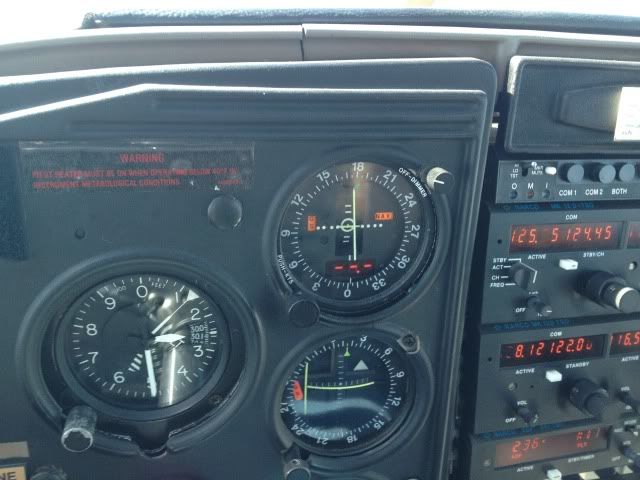
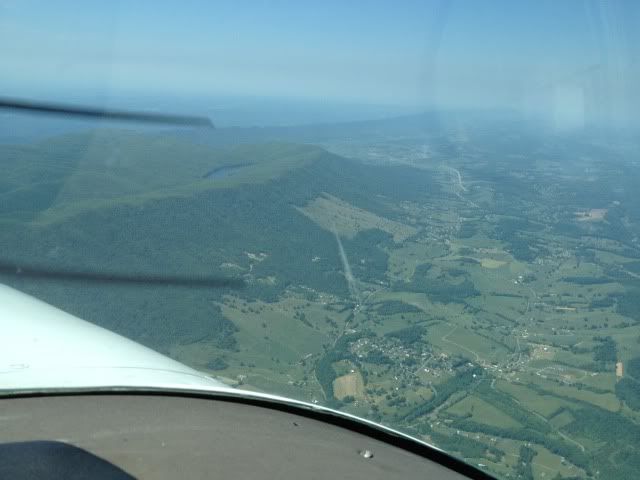
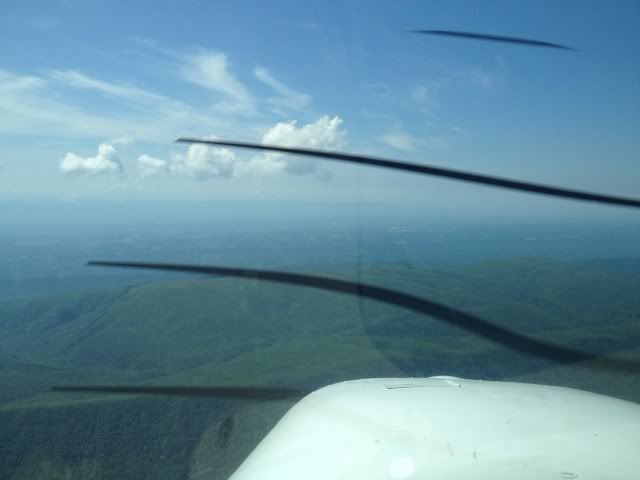
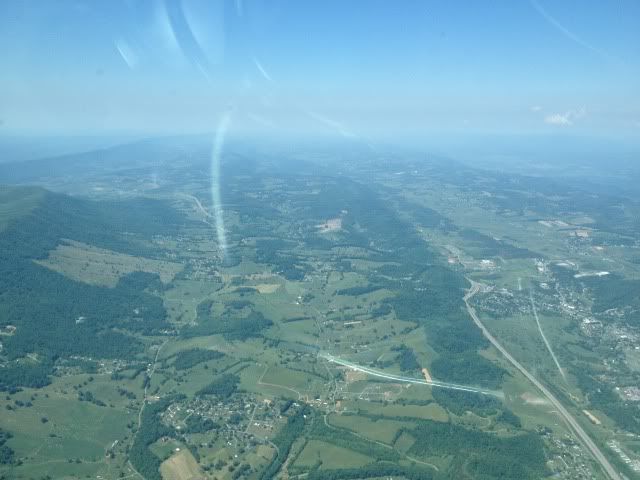
After my business was conducted I started looking at the weather again for a possible return home. Everything I could find showed that there were storms both west and east of my route, but nothing in the way. There was sort of an "alley" for me to go through. Even the storm movement was slow, around 10 knots, and thus the 50-ish mile corridor had plenty of life to it.
Further factoring into the decision was that the conditions were VFR, and by a lot, the whole way. Vis of 10 miles, ceiling over 6000' and nothing else nasty reported.
My strikefinder could earn its pay. Because to be bluntly honest, I don't like the idea of flying anywhere even remotely close to a thunderstorm. Yes, I was a tad nervous, but I saw no reason to "No Go" despite my best attempts at finding one. Heck, even the briefer commented on the "lane" of clear weather along my route from VJI to BJJ. So, aloft I went.
Pics of the trip back:
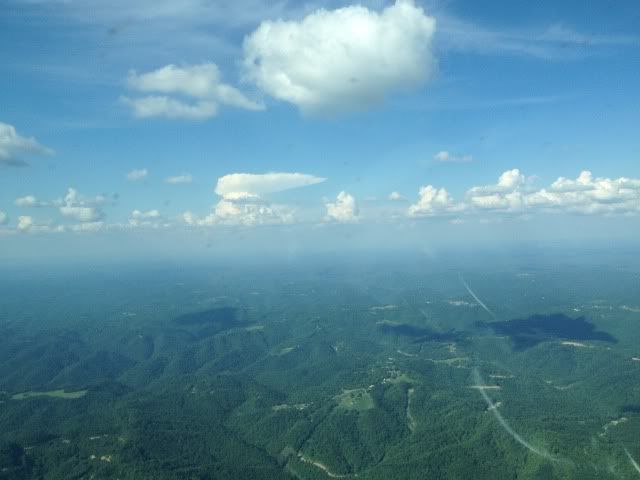
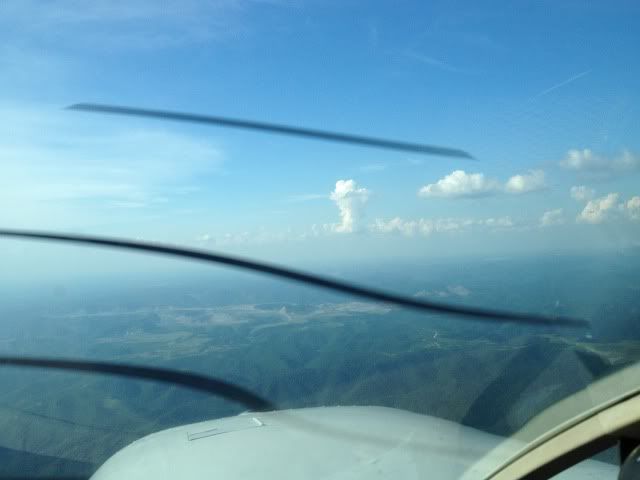
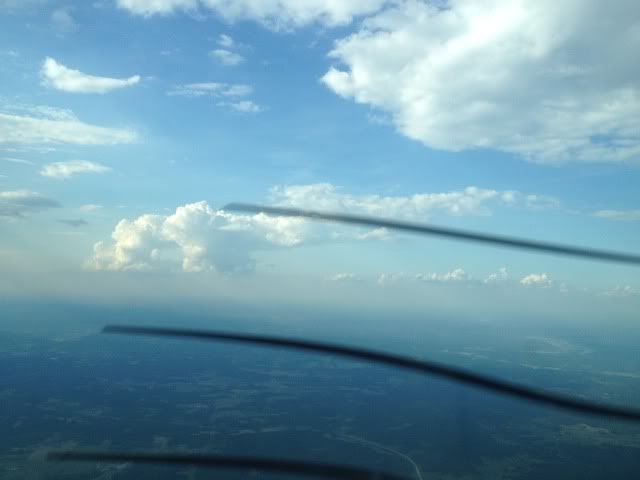
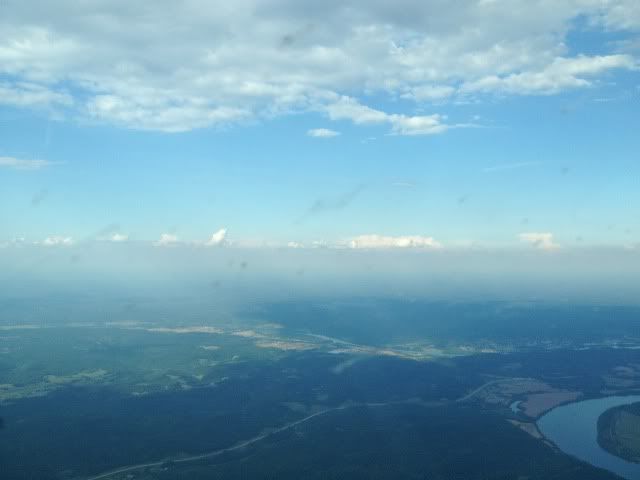
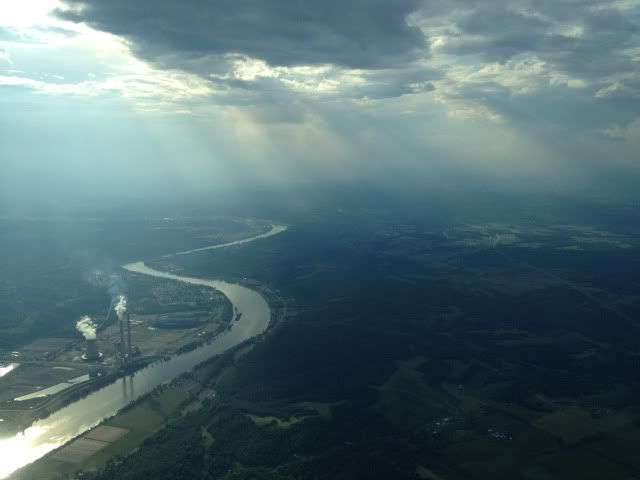
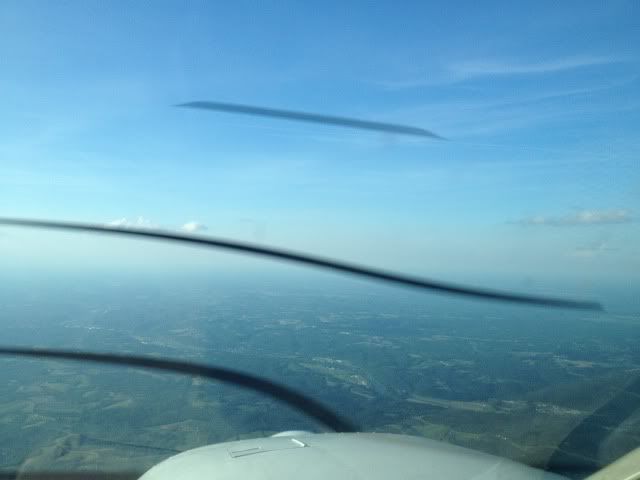
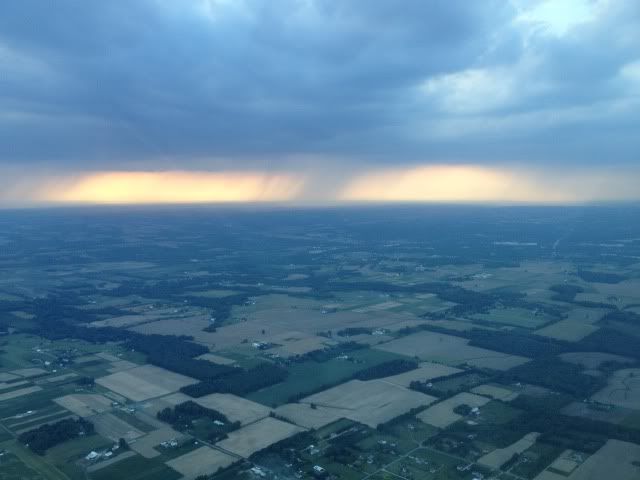
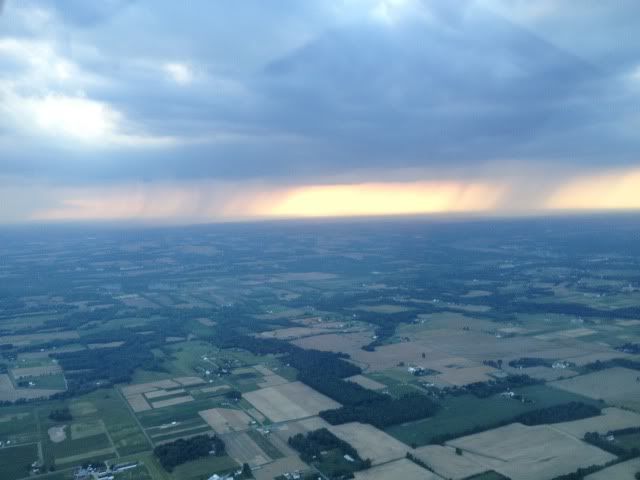
ETA - My departure time was right around 5:30pm EDT for the 2 hours flying home. If any of the weather gurus want to look up the weather from 5:30-7:30 (2130-2330Z) and analyze the conditions along the route with their cool tools I would be grateful.
Also recognizing that whatever reasons I had at the time a lot more can be learned in retrospect and the input of others with more experience/knowledge...
I submit myself and my ADM to the hivemind for judgement.
Yesterday (5/21/12) I had to fly my 182 from BJJ to VJI (2 hours en route) and back for some business. While I wanted to come back my wife was very sure to tell me not to push it and that if I ended up staying a night away that was fine (she is a good wife for a pilot). The forecast for the morning flight down at 9am EDT was clear. The forecast for that evening was less enticing, with scattered storms and the ever-dreaded "CB" in the TAFs.
A few pics from the way down:
Why I was using oxygen:




After my business was conducted I started looking at the weather again for a possible return home. Everything I could find showed that there were storms both west and east of my route, but nothing in the way. There was sort of an "alley" for me to go through. Even the storm movement was slow, around 10 knots, and thus the 50-ish mile corridor had plenty of life to it.
Further factoring into the decision was that the conditions were VFR, and by a lot, the whole way. Vis of 10 miles, ceiling over 6000' and nothing else nasty reported.
My strikefinder could earn its pay. Because to be bluntly honest, I don't like the idea of flying anywhere even remotely close to a thunderstorm. Yes, I was a tad nervous, but I saw no reason to "No Go" despite my best attempts at finding one. Heck, even the briefer commented on the "lane" of clear weather along my route from VJI to BJJ. So, aloft I went.
Pics of the trip back:








ETA - My departure time was right around 5:30pm EDT for the 2 hours flying home. If any of the weather gurus want to look up the weather from 5:30-7:30 (2130-2330Z) and analyze the conditions along the route with their cool tools I would be grateful.
Last edited:



